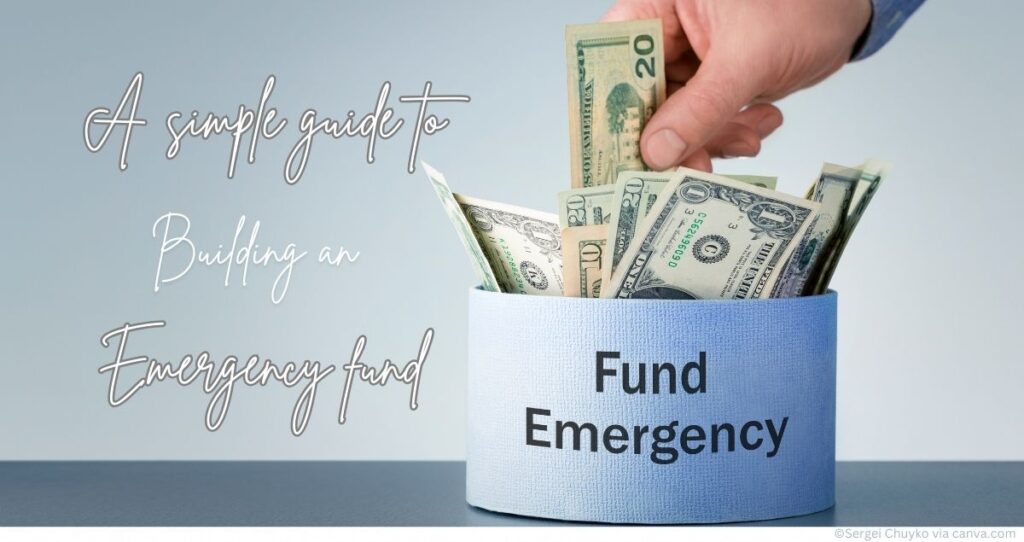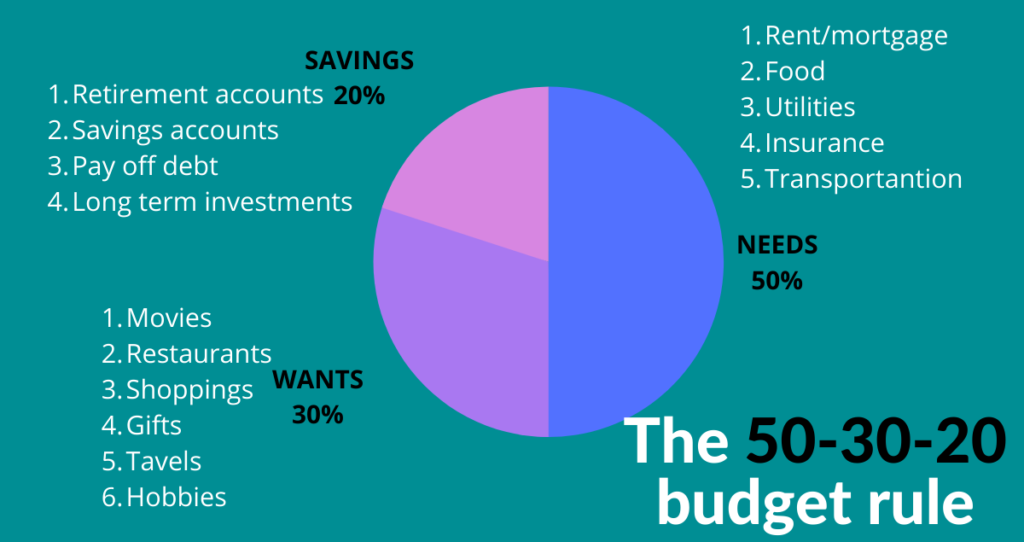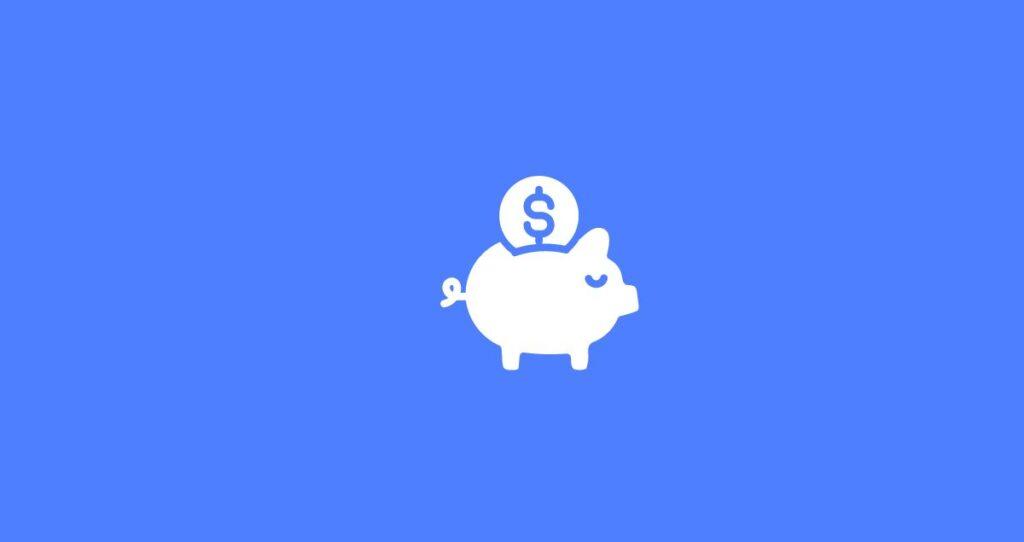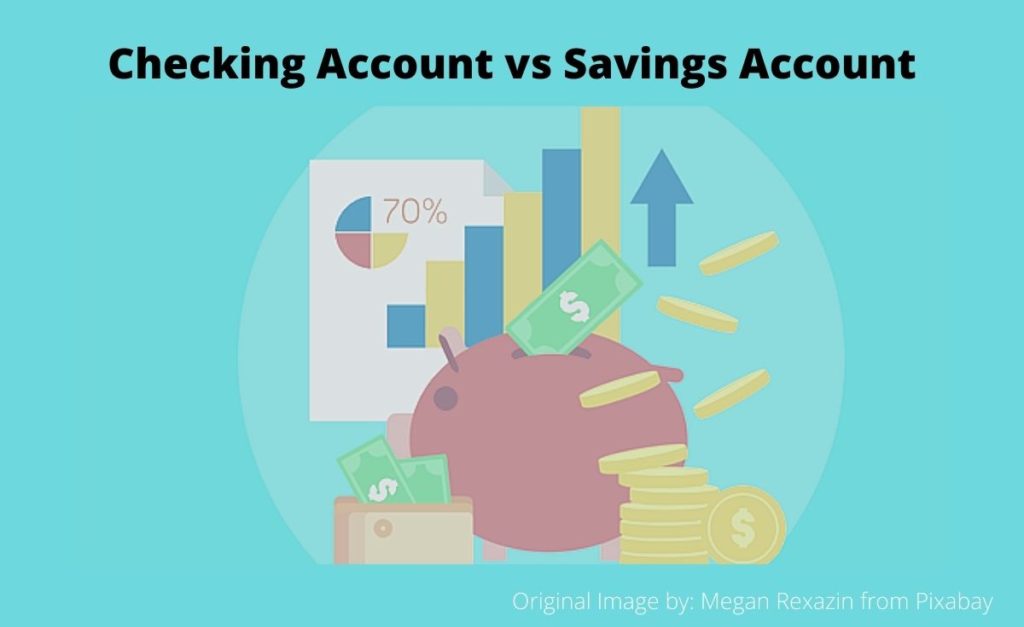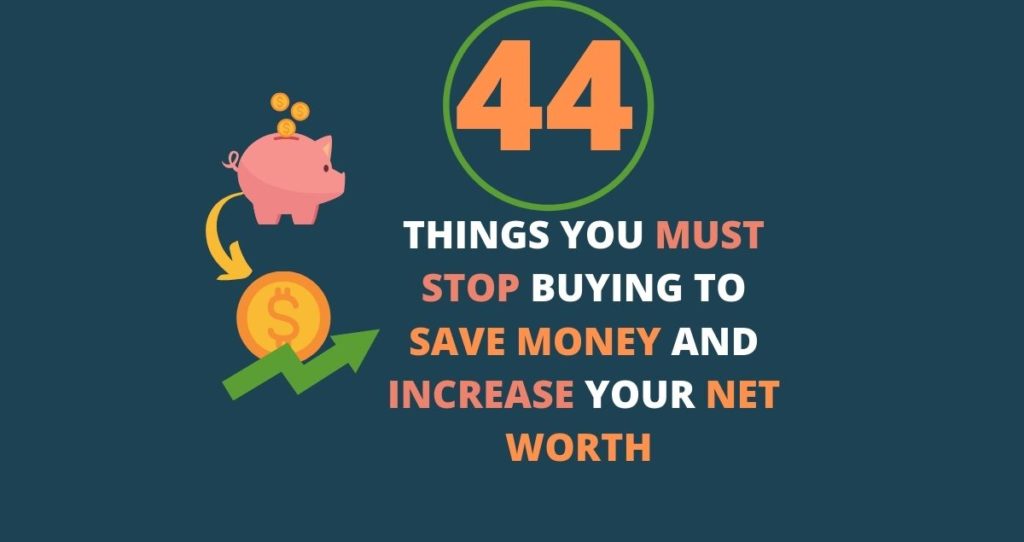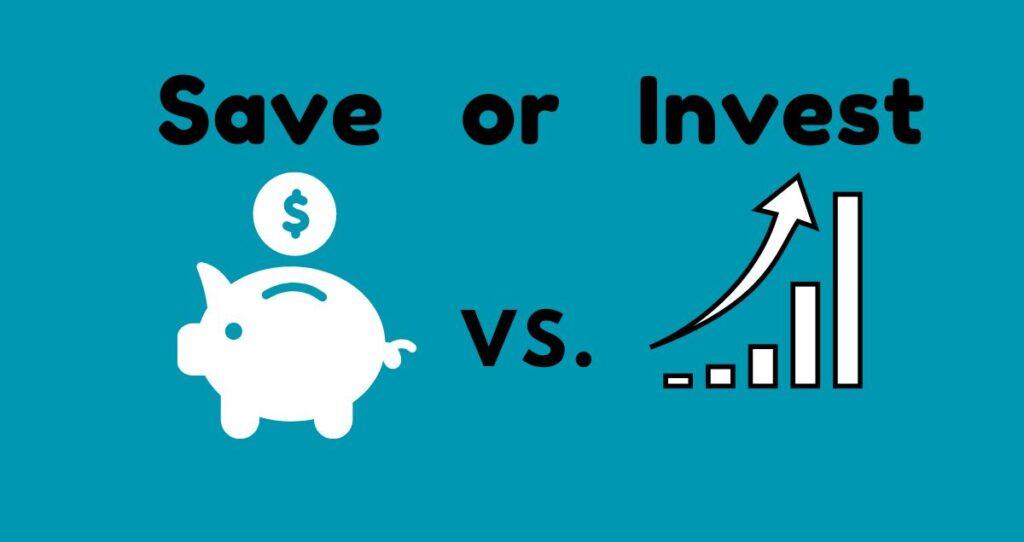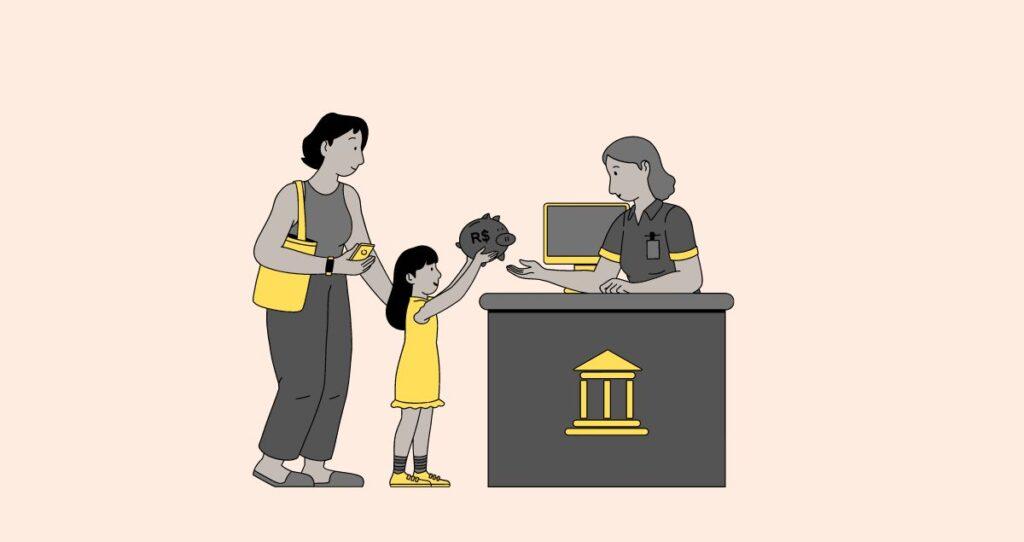An emergency fund is an essential savings account that provides a financial cushion when dealing with unexpected expenses and emergencies. Your emergency fund should be enough to cover at least three to six months of living expenses. Unlike a savings account, where you save money for short-term and long-term goals and can withdraw money when needed, your emergency funds should be used only during emergencies.
Saving your emergency funds in a separate account from your regular savings is a good idea as it prevents you from tapping into your funds. A high-yield savings account or money market account are great options to hold your emergency savings funds as you earn a higher interest rate with the flexibility to withdraw money.
Here is how to start saving for emergency funds and the best accounts for your emergency savings.
How to build an emergency fund?
If you are new to emergency savings, check out the following simple steps to quickly build an emergency fund.
1. Calculate your monthly expenses
The first step in building an emergency fund is calculating your monthly expenses. If you have multiple bank accounts and use different cards, include all your expenses from all bank accounts, including credit card spending, cash, and debit cards. You should include other unexpected expenses such as tax withdrawals, gifts, or holiday spending.
2. Calculate how many months’ worth of expenses you want to save for
The second step in building an emergency fund is to decide how many months you wish to save. You must save 3 to 6 months of expenses for your emergency fund. Saving six months is always better. For example, if your monthly expenses, including debt payments, are $3,000 and you have decided to save 6 months, you must save $18,000.
3. Analyze your current financial situation and your current saving rates
Knowing your savings abilities is essential in building an emergency fund. Savings refer to how much money you have left after all your monthly expenses are paid off. If nothing is saved at the end of each month, you must cut back on expenses or get a part-time job to help save for your emergency fund.
4. Calculate how much you can afford to add to your emergency fund from each paycheck
While you can save for emergencies aggressively, eating once a day to save money does not end well. So, estimate how much you can afford to save each month to reach your savings goals in the timeline you estimated. If you can afford to save $500 per paycheck, it will take 18 months to save $18,000 if you have a bi-weekly or 36 months for a monthly pay period.
5. Start saving
This is probably the most critical step in building an emergency fund. A big mistake many people make when saving for emergencies is thinking about saving for their emergency savings but never starting saving. Ensure you start saving and never stop until your savings goals are achieved.
6. Automate your savings
Have a portion of your paycheck directly deposited into your emergency savings account. This also comes in handy when you suffer from overspending.
7. Save your change and use bonus money and gifts to save for emergencies
Any additional funds you add to your emergency funds will help you reach your saving goals faster.
When to use emergency funds?
While you might want to tap into your emergency saving funds for many reasons, not every financial situation qualifies as an emergency. The bottom line is to use an emergency fund only when you are in an emergency. What qualifies as an emergency? A good example of when to use an emergency fund includes a car repair, a job loss, expensive medical expenses, immediate home repair, etc.
I have listed a few financial situations below, showing what qualifies as an emergency and what does not.
- You recently got diagnosed with a medical condition that required you to undergo surgery. After the surgery, you realize you don’t have enough funds to cover your medical bill. This situation qualifies as an emergency; therefore, using your emergency savings funds to cover this bill would make sense.
- You have been working hard at your job and now feel like you can use some vacation time. Your friends decided to go to Hawaii for a vacation, but you don’t have enough funds to go with them, so you want to use your emergency savings to cover the cost. This is not an emergency, as vacationing is a leisure activity. For this reason, you should never use your emergency savings to cover your vacation expenses.
- Your daughter is turning six and feels like to make her happy you must throw her a big party and invite all her friends, their parents, and all your relatives. Unfortunately, you don’t have money to cover all these expenses, but you are convinced enough that making your daughter happy is an emergency. This is not an emergency; you should never use your emergency savings to throw a party.
- You just lost your job and don’t have extra savings for your monthly mortgage payments. This is an emergency; therefore, you should use your emergency savings funds to pay for your mortgage while looking for another job.
Other examples of emergencies
- Your boss recently reduced your income as part of their downsizing program, and now you don’t have enough money to cover your expenses. This is an emergency, and you should use your emergency savings while looking for a supplemental job or adjusting your finances.
- Your car’s tire just got damaged, and now you have to replace all four tires for $2,000. This is an emergency, and your funds can be utilized if you don’t have other savings.
- Your home’s roof started leaking, and an inspector suggested that you replace the entire roof as soon as possible. This is a qualifying emergency.
How much should I save in my emergency fund?
The primary purpose of an emergency fund is to save money to cover essential expenses while you cannot do so for quite some time. By essential costs, I mean those you can’t live without, such as food, rent/mortgage, utilities, insurance, etc.
While nonessential expenses such as Netflix and similar entertainment should be planned for, you might not want to keep all your entertainment accounts open when you are struggling financially. The question is: How much do you need to save for emergencies to cover unexpected expenses such as the loss of a job, expensive medical bills, etc?
The amount you save for emergency savings will depend on your living conditions and financial situation. The bottom line is to save at least three to six months of living expenses. For example, if your monthly expenses are $5,000, you must save between $15,000 to $30,000 in your emergency savings account. Saving less than three months in an emergency savings account will not be enough to cover your expenses. For example, getting a new job after college or losing one takes three to six months. So, if you only saved 2 months for emergencies, you will risk running out of money before finding another job.
Additionally, saving more than 6 months might not be the best idea, but it does not hurt to save more. Always remember that the money in the emergency fund does not earn you much interest. So, keeping too much money in your savings accounts means you are not using your savings to its full potential.
What is the best account for an emergency fund?
While there are many savings accounts, not every account is suitable for holding emergency funds. Since the primary purpose of emergency savings is to cover emergencies, the account where you keep the money must be liquid enough to access your money whenever it is needed. Here are the three best accounts to hold your emergency funds.
- Money market account(MMA). A money market account is an interest-earning deposit account you open from a bank, credit union, or other financial institution that combines the features of a traditional savings account and a checking account. That is, the account earns you interest while allowing you to withdraw cash whenever necessary.
- A separate savings account. If you already have a savings account for your savings goals, such as a down payment, car purchase, travel funds, etc., opening a separate account would be a better way to save for emergency funds. You don’t want to mix your regular savings with your emergency savings.
- A high-yield savings account(HYSA). A HYSA is like a regular savings account except that it earns much more interest than a regular one. These are usually offered by online banks and financial institutions that don’t have physical infrastructure. What makes a high-yield savings account probably the best to hold your emergency funds is that you earn higher interest while still having access to your funds, similar to a traditional savings account. That means you can withdraw money from the account and deposit as needed. Remember, savings accounts typically limit the number of withdrawals and transfers to 6 per month.
Who needs to build an emergency fund?
The first time I heard of an emergency savings fund, I thought it was not my problem until my car died on the streets without cash to pay for repair. That is when I learned this lesson: Everyone needs an emergency fund regardless of age and income level. If you have some form of financial responsibility, you need an emergency fund.
An emergency fund is a cash reserve that you can use to pay for unexpected expenses such as a medical bill, a car repair, a home repair, etc. You also need an emergency fund to cover your monthly payments if you lose your job or get an income reduction.
If you belong among the following categories of people, you need to start saving for emergency funds.
- You are nearing retirement. People who are close to retirement cannot afford to be homeless. Trust me. If you rely on investments to cover your expenses, you might not make enough return to pay off your bills during economic contractions. In this case, you must rely on your emergency savings to cover the difference.
- You don’t have a stable income. If your job is based on contracts or you don’t have a reliable full-time job, you must start saving for emergencies immediately. The fund will help cover your bills if you spend months without a contract or unexpectedly get laid off.
- You have dependents. Extra savings will come in handy if you have dependents such as children. This is because you cannot afford to be broke or not have extra cash when other people depend on you for their survival.
- You have a high deductible insurance. High-deductible insurances, such as medical coverage, come with a higher out-of-pocket cost. For this reason, you need extra savings to cover your medical bills if you experience a medical bill exceeding your paycheck.
Worst accounts to put your emergency funds
The smartest thing to do with your emergency savings funds is to put it in an account you can access at any time, and the money is readily available. A good example of such an account is a money market account, a separate savings account, and a high-yield savings account. Any other accounts might not be liquid enough to give you the money you need most.
Here is a list of accounts you should never use to hold your emergency savings funds.
- Certificates of deposit(CDs). A CD is an interest-earning deposit account that pays a fixed interest in exchange for not touching the money until maturity. You will pay an early CD withdrawal penalty if you cash out your CD before it matures.
- A brokerage account. Keeping your money in a brokerage account means the money is more likely invested in some form of asset, either fixed income or securities. For example, if you have money invested in stocks and experience an emergency, you must sell the stocks, wait a few days for the funds to settle in the account, and then transfer it into your bank account. The transfer process could also take a few more days. When the money gets into your bank account, it could be a week and a half later. If you needed the money to repair a car used for daily work and commute, you could’ve lost your job by the time you got the money.
- A retirement savings account. Retirment savings accounts are designed for retirement only. Accessing your funds before turning 59½ could trigger a 10% early withdrawal penalty. For this reason, you should never put your emergency savings funds into a retirement account.
When should I start building an emergency fund?
Since an emergency savings fund is critical to your survival, it is essential to start saving for an emergency fund as soon as you get a job. Even if you are paying off debt or have school to pay, you should allocate a small percentage of your paycheck towards emergency savings.
For example, allocate a few hundred dollars into your emergency savings account instead of using all your extra cash to pay off your car loan faster. This saving strategy will help you build the savings you desperately need while paying off your car.
Is it a good idea to invest your emergency funds?
You should never invest your emergency funds. When you invest your emergency savings funds, you risk not having the money when you need it or selling your investments at a huge loss to get the money. A smart thing to do is to put your funds in an account that earns you interest that is also liquid enough, allowing you to access it whenever you need it. Good examples of accounts to hold emergency savings include traditional savings accounts, money markets, and high-yield savings accounts.
One of the biggest mistakes many people make is to invest their emergency savings in bonds and stocks or tie them in hard-to-liquidate assets such as homes and boats. Imagine investing your emergency savings in the stock market and having to sell when the S&P 500 is 30% down! Even if your portfolio is not 30% down, selling your stocks might not be quick enough to get you the money you need to repair a car.
